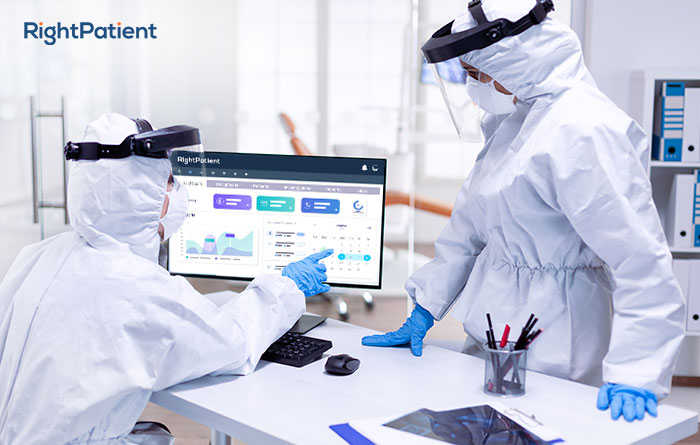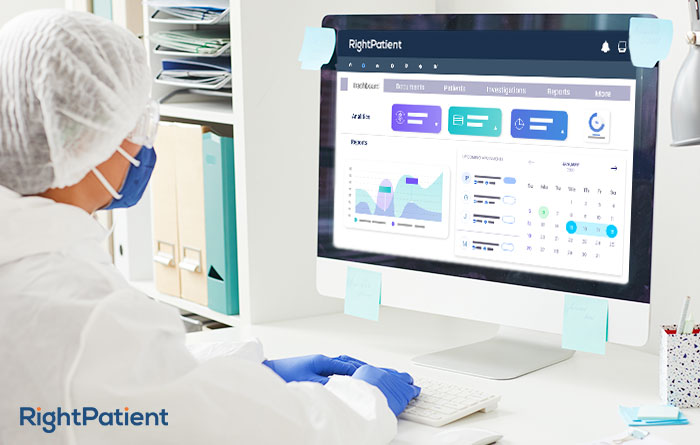How to Improve Patient Safety and Add Millions to Hospitals’ Bottom Lines

The US healthcare system has been having a tough time for many years due to several issues, but the pandemic arguably tops all of them. It has damaged everything, leading to the cancellation of regular healthcare services in order to aid COVID-19 patients. While COVID-19 cases had decreased over time, cases rose across many states in the US. The American Hospital Association (AHA) also predicted that healthcare providers will face losses of at least $323 billion in 2020 due to the novel virus. As caregivers are still facing some of these challenges, as well as lower reimbursements, they can save significant costs and add millions to their bottom lines if they improve patient safety. Let’s take a closer look at the losses, what caused them in the first place, and how patient safety can be improved.

What contributed to the losses?
In short, a variety of factors contributed to the unfathomable losses. However, the key factors were elective procedures being canceled or postponed, drastically lower patient volumes, and high costs due to the surge in demand for crucial materials such as PPE (personal protective equipment). All of these were necessary so that caregivers could treat COVID-19 patients.
The losses didn’t stop there, which forced many healthcare providers to resort to cost-cutting strategies. Furloughing, laying off employees, restructuring the organization, introducing pay cuts, and even shutting down departments or entire healthcare facilities were just some common strategies seen during the pandemic. Unfortunately, there’s more bad news.
Hospitals reportedly received lower reimbursements for treating uninsured COVID-19 patients. It was estimated that the reimbursements might total from $13.9 billion to $41.8 billion. However, around $881 million has been provided at this point. Moreover, CMS fined half of the hospitals in 2021 as these hospitals readmitted patients too frequently. From every angle, hospitals are facing the worst financial strain in decades. Thankfully, these losses can be mitigated significantly if healthcare providers improve patient safety within their facilities with RightPatient.
How can RightPatient improve patient safety?
Ensures a hygienic environment
One aspect that makes RightPatient different from other patient identifiers is that it is touchless. The platform uses the faces of patients to verify their identities. In healthcare facilities, all a patient needs to do is look at the camera – the platform matches the saved photo and the live one for verification, making it a hygienic and safe experience for everyone involved.

Prevents medical identity theft
By identifying patients accurately across the care continuum, starting from appointment scheduling, RightPatient ensures that patients are who they claim to be and not some fraudster. After scheduling an appointment online, patients receive an SMS/email instructing them to provide a personal photo and a photo of their driver’s license – RightPatient does the rest. It red-flags any anomalies when it sees that someone else is assuming the patient’s identity, preventing medical identity theft in real-time.
When a scammer uses the victim’s medical record, it is contaminated with their data, rendering it dangerous, fragmented, and inconsistent. If such cases are undetected, they severely hamper patient safety and impact healthcare outcomes. Thankfully, RightPatient can prevent such cases and improve patient safety along the way.
Prevents duplicate medical records
Duplicate medical records are quite dangerous, as they lead to treatment based on incomplete and inaccurate medical data, creating incidents that hamper patient safety. RightPatient identifies patients right from the start, avoiding duplicates and overlays.
Protects patient data integrity
Patient data is useless and dangerous if it is corrupt, and such cases increase when patient misidentification is common. RightPatient eliminates patient misidentification and helps improve patient safety by using the most appropriate characteristic to identify them – their faces.
Reduces medical errors
Medical errors occur on a regular basis. In fact, a John Hopkins study claimed that each year, over 250,000 American patients lose their lives due to medical errors, whereas others claim the number to be above 440,000. This would make medical errors the third leading cause of death in the US, and as most of these errors stem from something as simple as patient identification issues, those deaths are preventable.
Imagine this – when a patient walks into the hospital, the registrar needs to identify their accurate medical record. However, if the wrong medical record is chosen, even if it is a duplicate medical record of the same patient, the treatment will be based on obsolete or incomplete information – even a single medication can severely hamper the patient’s outcome. RightPatient prevents these cases and eliminates preventable medical errors associated with misidentifications.
RightPatient can improve patient safety and mitigate losses simultaneously
RightPatient does all of the above and more – it reduces denied claims, litigation costs, and eliminates the costs associated with preventable medical errors. Leading caregivers have already experienced how useful RightPatient is and reduced losses significantly. Use RightPatient now to be a responsible caregiver and enhance patient safety, all while boosting your bottom line.





























